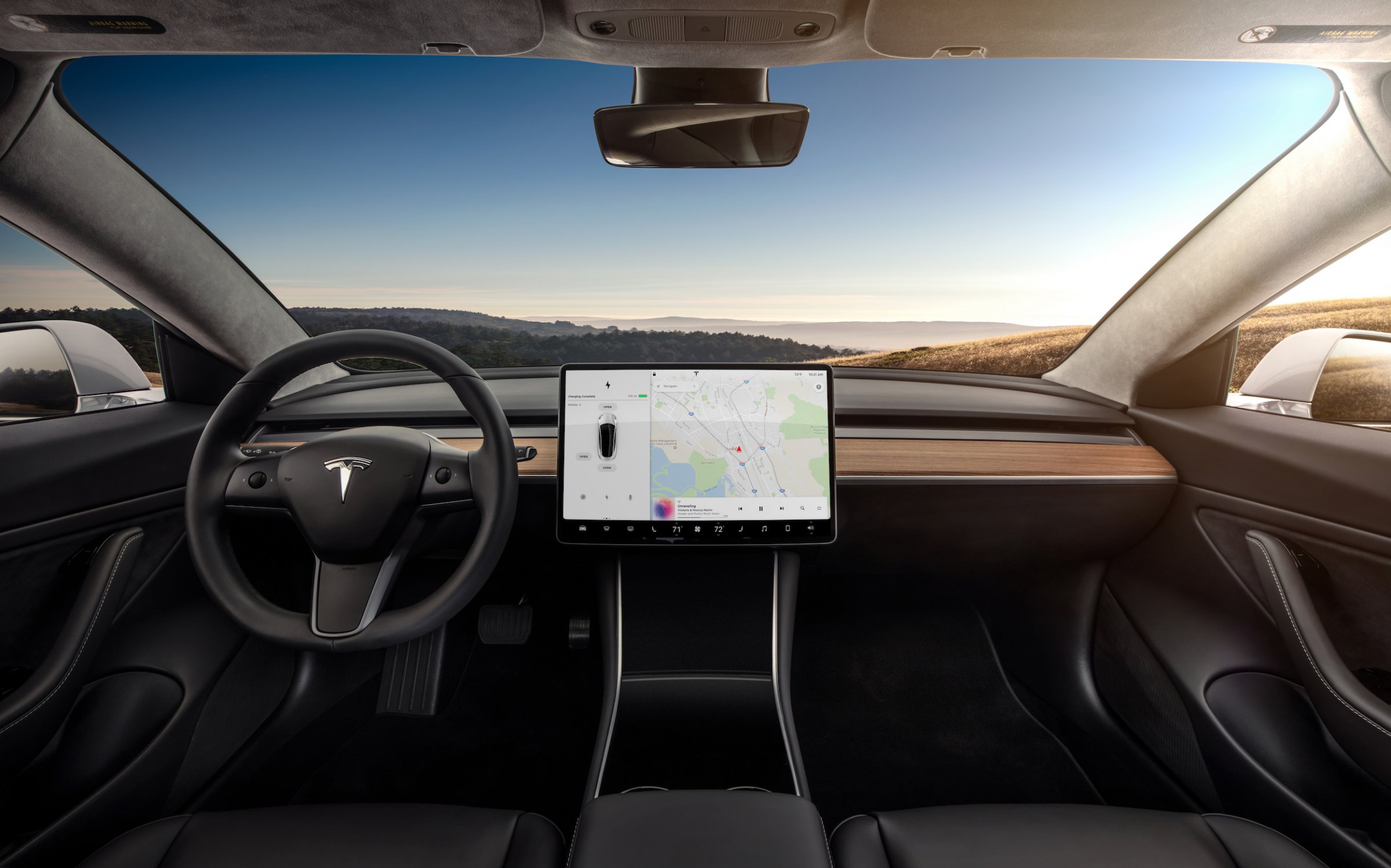Hands-Free Driving Experience: A Deep Dive into Tesla’s FSD v12.5 on US Roads
As autonomous driving technology progresses at a rapid pace, Tesla’s Full Self-Driving (FSD) software version 12.5 stands at the forefront of this revolution. Recent real-world road tests have showcased the bug-free, efficient, and highly adaptable nature of this system, stirring conversations among technology enthusiasts and prospective buyers in the UK.
Zero Disengagements: Seamless Autonomous Driving
One of the most impressive aspects of the latest FSD update is its capability to handle complex driving scenarios without requiring manual intervention. During a 31-minute drive covering approximately 25 kilometers, the vehicle maintained smooth operation with zero disengagements. This is a significant milestone that highlights Tesla’s commitment to improving the autonomy of its vehicles, making it an attractive feature for the UK market, known for its densely populated urban areas and narrow, winding lanes in rural regions.
Speed Precision: A Benchmark for Future Technologies
Speed management is a crucial aspect of any autonomous driving system. The FSD v12.5 demonstrated impeccable speed control, adhering to speed limits and adjusting fluidly to different traffic conditions. This feature is particularly valuable in the UK, where speed cameras are prevalent and speed regulations are stringent. With FSD’s precise speed management, drivers can have peace of mind knowing that the vehicle complies with local traffic laws, reducing the risk of fines and enhancing road safety.
Relaxation On The Move: The Convenience of Hands-Free Driving
Tesla’s FSD enables a truly hands-free driving experience, allowing drivers to engage in other activities during their commute. The recent test drive with the hands-free setting enabled showcased how drivers could enjoy snacks or other activities without compromising safety. This level of convenience can transform the daily commute for many UK drivers, turning what was once a chore into a time for relaxation or productivity.
In Situ Adaptability: Handling Unexpected Road Obstacles
During the test, the Tesla encountered a unique situation where roadworks partially obstructed the lane. A roadside machine was cutting the brush, forcing all vehicles to merge into the opposite lane. Tesla’s FSD v12.5 handled this situation flawlessly, demonstrating its ability to adapt to unforeseen circumstances. This kind of adaptability is crucial for UK roads, where unexpected obstacles like roadworks, cyclists, and pedestrians are common.
Reliability Concerns: Minor Hiccups in Documentation
While Tesla’s FSD performed admirably, one minor issue was reported during the test: the GoPro camera documenting the drive failed after nine minutes. Although this doesn’t impact the FSD’s performance, it raises questions about the reliability of documentation tools used to validate and showcase real-world usage of autonomous tech. For prospective buyers and technology skeptics, ensuring reliable and comprehensive documentation is vital to build trust and transparency.
The Future of Driving is Here: Embracing Autonomous Technology
Tesla’s FSD v12.5 is paving the way for a new era in driving. With its ability to navigate complex scenarios, maintain precise speed control, and offer hands-free convenience, it exemplifies the potential of autonomous vehicles. For UK drivers, this technology offers a glimpse into a future where driving is not just about reaching a destination, but about enjoying the journey. As autonomous driving technology continues to evolve, the promise of safer, more efficient, and more enjoyable commutes becomes within reach.
